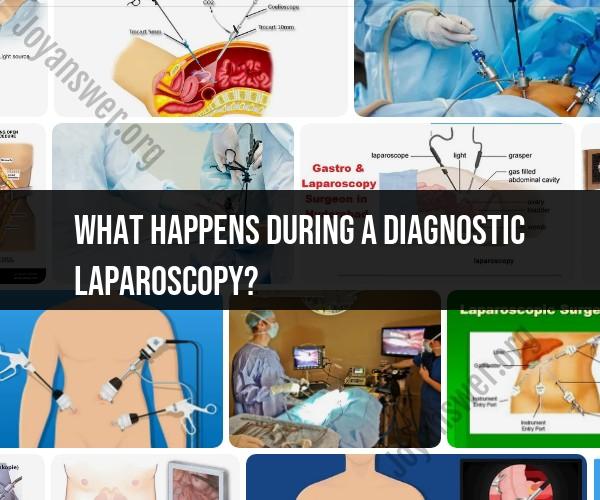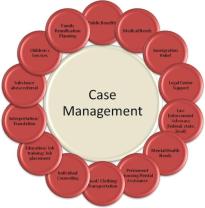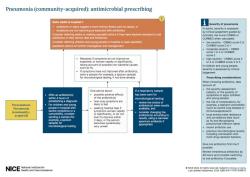What happens during a diagnostic laparoscopy?
A diagnostic laparoscopy, also known as minimally invasive surgery or keyhole surgery, is a medical procedure used to examine and diagnose conditions within the abdominal or pelvic cavities. It is typically performed by a surgeon or gynecologist and involves the following steps:
Preparation: Before the procedure, the patient will usually receive general anesthesia to ensure they are unconscious and pain-free throughout the surgery. An intravenous (IV) line may also be inserted to administer fluids and medications.
Incision: To begin the laparoscopy, the surgeon will make a small incision (usually less than one centimeter) near the navel (belly button). This incision serves as an entry point for the laparoscope, a thin, flexible tube with a light and camera attached to it.
Insertion of Laparoscope: The laparoscope is gently inserted through the incision into the abdominal or pelvic cavity. The camera on the laparoscope provides real-time images of the internal organs and structures, which are displayed on a monitor in the operating room.
Examination: The surgeon carefully examines the abdominal or pelvic organs, including the uterus, fallopian tubes, ovaries, intestines, and other nearby structures. They may look for signs of abnormalities, such as cysts, tumors, adhesions, inflammation, or endometriosis.
Additional Incisions (if needed): Depending on the findings and the purpose of the laparoscopy, additional small incisions may be made to insert specialized surgical instruments. These instruments allow the surgeon to perform specific procedures or take tissue samples for biopsy.
Treatment (if needed): If the laparoscopy reveals a condition that requires treatment, such as the removal of ovarian cysts or adhesions, the surgeon can often perform these procedures using the laparoscope and other minimally invasive techniques.
Closure: Once the diagnostic and/or treatment procedures are complete, the surgical instruments are removed, and any additional incisions are closed with sutures or adhesive strips. The small incisions are typically covered with small bandages.
Recovery: After the laparoscopy, the patient is taken to the recovery area, where they are monitored as they wake up from anesthesia. Most patients can go home the same day or within a few hours after the procedure. However, recovery times can vary depending on the specific procedures performed and the patient's overall health.
Diagnostic laparoscopy is a valuable tool in diagnosing a wide range of abdominal and pelvic conditions, and its minimally invasive nature often results in shorter recovery times and less scarring compared to traditional open surgery. It is essential to follow post-operative instructions provided by the healthcare team to ensure a smooth recovery. Patients should also discuss the findings and any necessary follow-up treatments or medications with their healthcare provider.













